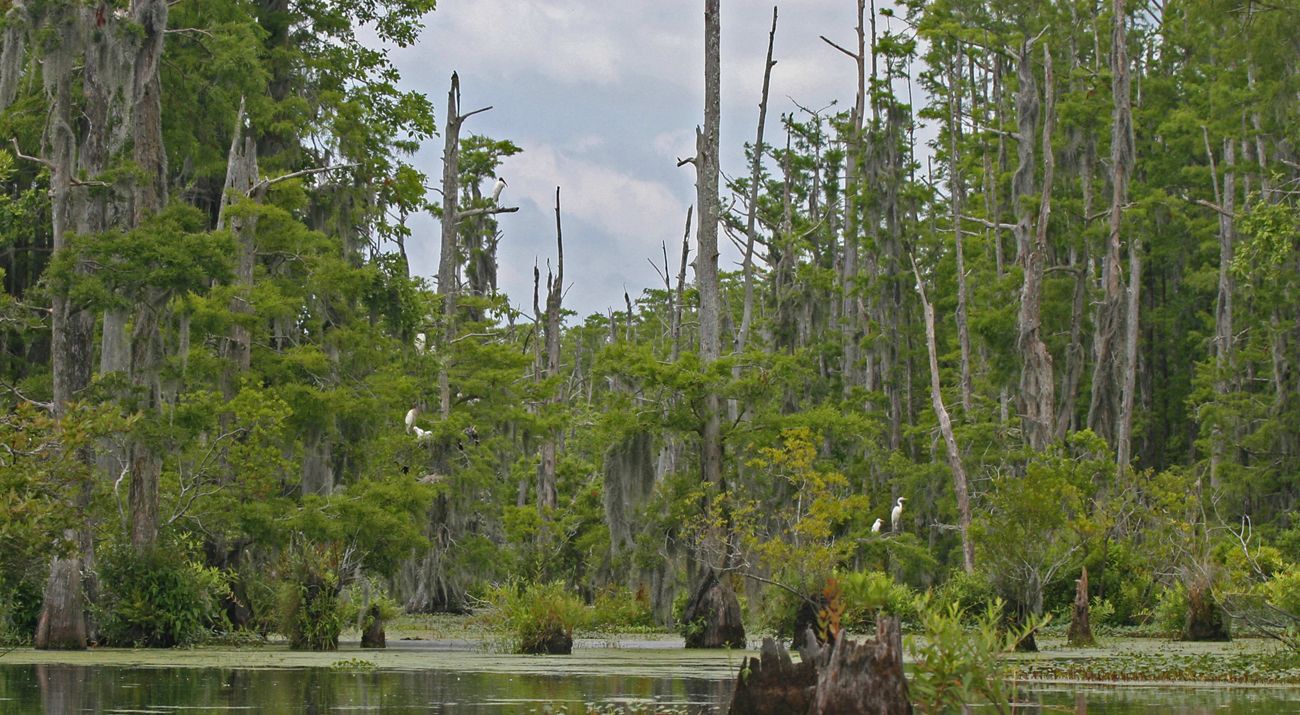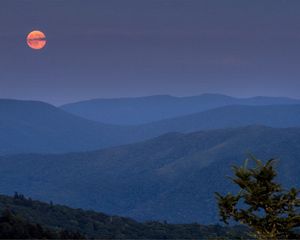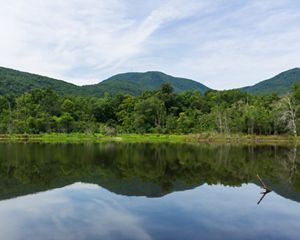Description
Please note the boardwalk closure, effective February 2022.
The Washo Reserve is a 1,040-acre natural area owned by The Nature Conservancy and co-managed with SC Department of Natural Resources. The reserve features a 200 year old freshwater cypress lake and cypress-gum swamp, which harbors the oldest wading bird rookery in continuous use in North America.
In the 18th century, the Washo area was purchased by Joseph Blake, whose name is often associated with the reserve. It became part of the network of plantations which prospered on cotton, rice and indigo. Being a plantation owner cultivating the marsh rice field, Blake's main interest was to create a freshwater reserve supply for controlled flooding. This was accomplished by damming a small creek running from McClellanville to the Santee River through this portion of the Santee Swamp.
Civil War and a large hurricane in 1898 were fatal to the Blake Plantation. By the 1900s sportsmen had discovered the value of the various diked marshes surrounding the Reserve for hunting. The Santee Gun Club was founded in 1898. Over the years the club expanded its land holdings in Charleston County to several thousand acres, including the Washo Reserve.
During the 1930s, more than 500 nesting pairs of common egrets were estimated on the Washo Reserve. Wood stork, now an endangered species in South Carolina, were first observed in Washo Reserve in 1994.
In 1974, the Santee Gun Club donated to The Nature Conservancy more than 24,000 acres of property now known as the Santee Coastal Reserve. While TNC deeded most of the property to the South Carolina Department of Natural Resources, TNC retained the ecologically sensitive Washo Reserve.
Recently, The Nature Conservancy has been working collaboratively with partners to help maintain Washo Reserve as a viable wading bird rookery, particularly for the endangered American wood stork. Dying cypress trees and increased amounts of aquatic weeds threaten the interior rookery used by more than 150 nesting pairs of wood storks. A new water control structure was installed to help manipulate the water levels to better manage new cypress growth. In January 2013, 275 new cypress trees were planted, many of those within dead cypress stumps in the interior of the 200-acre wetland.


